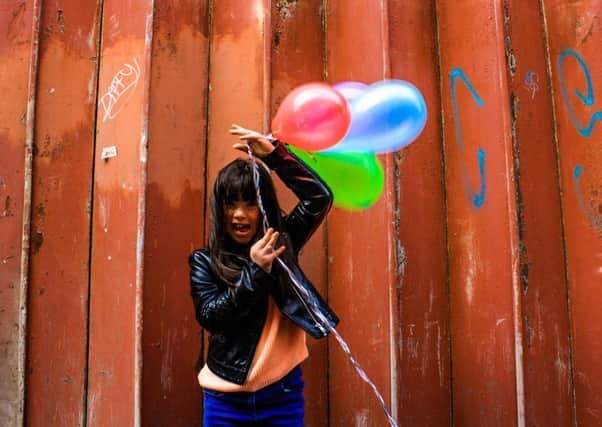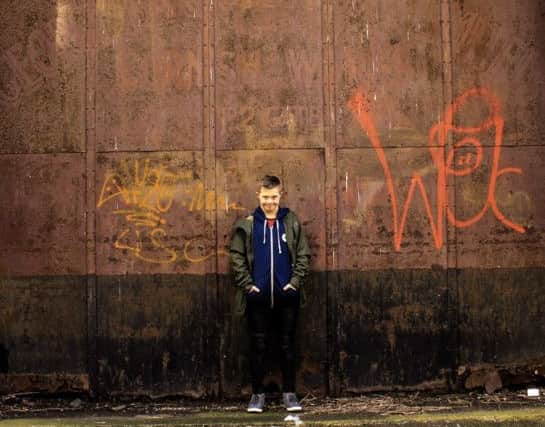The model agency which wants to put disability in the spotlight.


“There are still a lot of barriers to break down when it comes to the modelling world,” says trained social worker Laura Johnson, who has set up Zebedee Management with her sister in law Zoe Proctor, who already runs a performing arts studio of the same name for those with learning disabilities. “We need more plus size models and there are nowhere near enough older people represented on the catwalk, but the real omission is people with disabilities.
“You just don’t see them. The more we thought about it, the more we realised that there was no use just complaining about the lack of representation and that given our backgrounds we were in a position to do something about it.”
Advertisement
Hide AdAdvertisement
Hide AdThese initial shoots will form the basis of a portfolio and Laura, who lives in Sheffield, has already been in touch with casting agencies to put Zebedee on their radar.


“I don’t think either of us are under any illusion that this is going to be easy, but I think the marketplace is changing,” says Laura. “You only have to look at the success of the Dove adverts, which feature ordinary women of all shapes and sizes, to see that.
“I think people respond to real people and disability, whether mental or physical, is part and parcel of society. What we want to do is show that our models are as talented and as beautiful as anyone else. We want to show that disability isn’t something that should be airbrushed out of advertising campaigns, but something to be embraced.”
In Britain, more than 11m people live with a disability, but physically disabled models are a rare breed. In the late 1990s Paralympic runner Aimee Mullins posed for designer Alexander McQueen and while the likes of Debenhams and Marks and Spencer have occasionally used disabled models they remain very much the exception not the norm.
Advertisement
Hide AdAdvertisement
Hide Ad“When people think about diversity in fashion, they think about colour, size, and transgender – never disability,” says Kelly Knox, who is one of the UK’s leading disabled models and co-founder of the Diversity Not Disability campaign which launched last year. “If fashion is going to evolve it needs to be part of the diversity agenda.”


Having taken part in both London and New York Fashion Weeks, Knox has become something of a trailblazer and her motto “making the world a more inclusive place one photoshoot at a time” is a philosophy Laura and Zoe share.
“Increased coverage of the Paralympics has brought disability into people’s living rooms and the soaps have also played a part in casting disabled actors,” says Laura. “A couple of years ago Liam Bairstow became Coronation Street’s first actor with Down’s syndrome. That all helps, but the fact that a story like that makes the news shows you still how unusual it is.
“It would be lovely to think that in a few years time, people would walk past advertising billboards featuring disabled models and not bat and eyelid. Our aim is to make disability so visible that it’s just accepted as part of normal everyday life. We have the determination and now we just need the fashion, advertising and television industries to get on board.”
Anyone interested in joining Zebedee Management’s photoshoots can email [email protected] with three or four clear photographs.